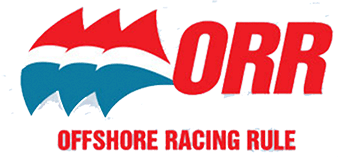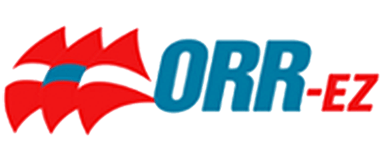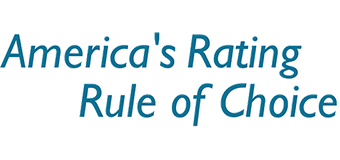Note: This section explains how to use the Ez Rule from the Race Committee’s point of view. It is a work in progress and ORR will post helpful hints, blog submissions, FAQs and videos of Ez Race Committees now using the Ez RC Toolbox.
The Goal of the Ez Toolbox
Sailors everywhere appreciate and are grateful for the many volunteer hours put in by Race Committee Members. At Ez, our goal is to help RCs have fun running races at the level that they are comfortable in, provide information and coaching, and discuss the tools that RCs would like and request.
To contact someone directly to discuss the tools available, write to the ORA Executive Director.
ORR’s Ez rule gives Race Committees tools to help them run fairer races for everyone:
- set up better class configurations of boat types for more fair racing
- select windspeed that best fit the conditions on the course
- select the course configuration that best describes its sailing angles.
- select the best scoring formula for fairness:
- Time on distance - ToD, or Time on time - ToT, or other.
How does this work?
First,
each boat gets a series of numbers, their rating, on its certificate reflecting different attributes. These attributes refer to the boat’s speed potential based on the wind speed and the wind angle that they are sailing in.
Second,
The Race Committee sets up their classes and divisions based on their entries’s speed potential. The Rating numbers on each boats Ez certificate are used to do that as well as the scoring.
Third,
then on Race Day, the RC selects 2 features of their Race course that day:
- wind speed - from 6 knots up to 20 knots
- course type - windward leeward, or point to point, or also something in between with varying percentages of reaching, beating, or running.
Fourth,
Scoring. The RC decides their scoring tool - Time on time - ToT, or Time on distance, Tod. (A discussion of when best to use each will appear soon.) , depending on how the Race Committee enters their data the scoring can be posted as each boat’s time is taken at the finish line
Ez’s VPP (Velocity Prediction Program) measures different types of boats’ ‘performance potential’ in different situations. It is not perfect, however the VPP can equalize and ‘handicap’ a boat based on its speed potential for upwind versus downwind and reaching wind angles on the course as well for the windspeed - from 6 knots up to 20 plus knots on the race course.
If a Race Committee member wants to see a graphic chart of all these different computations they can ask a skipper to show them their ‘Polars’ for their boat. Many skippers order this information when they get their rating certificate. For each wind speed for each angle of sailing, (upwind, reach, downwind) there is a corresponding line that shows their ‘potential boat speed, or ‘target speed’ that they theoretically can do if they have the right sail up and trimmed and a good bottom and all things in proper order.


